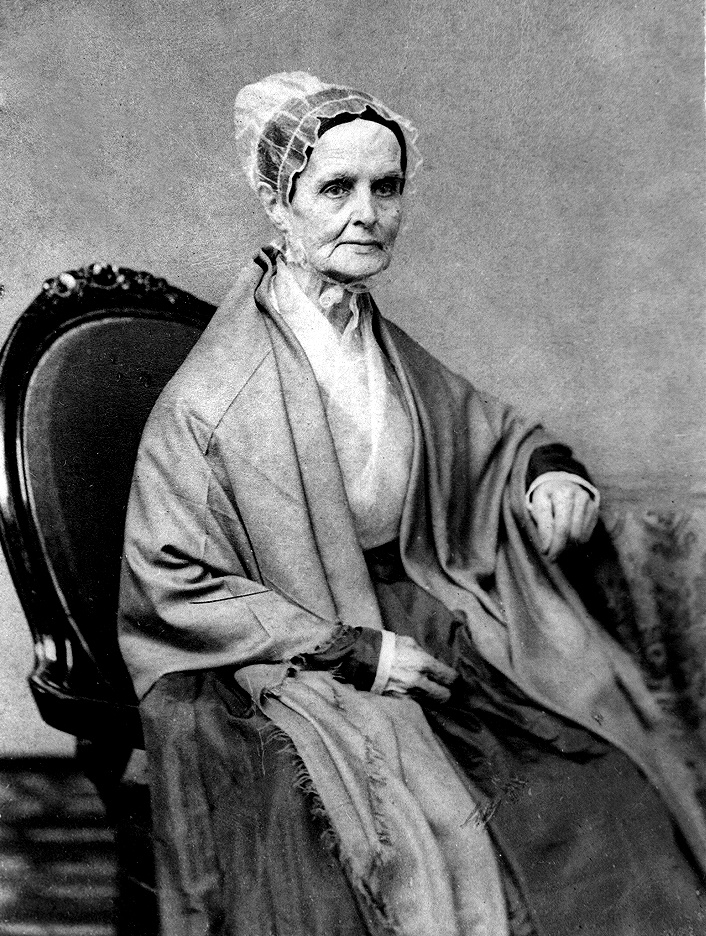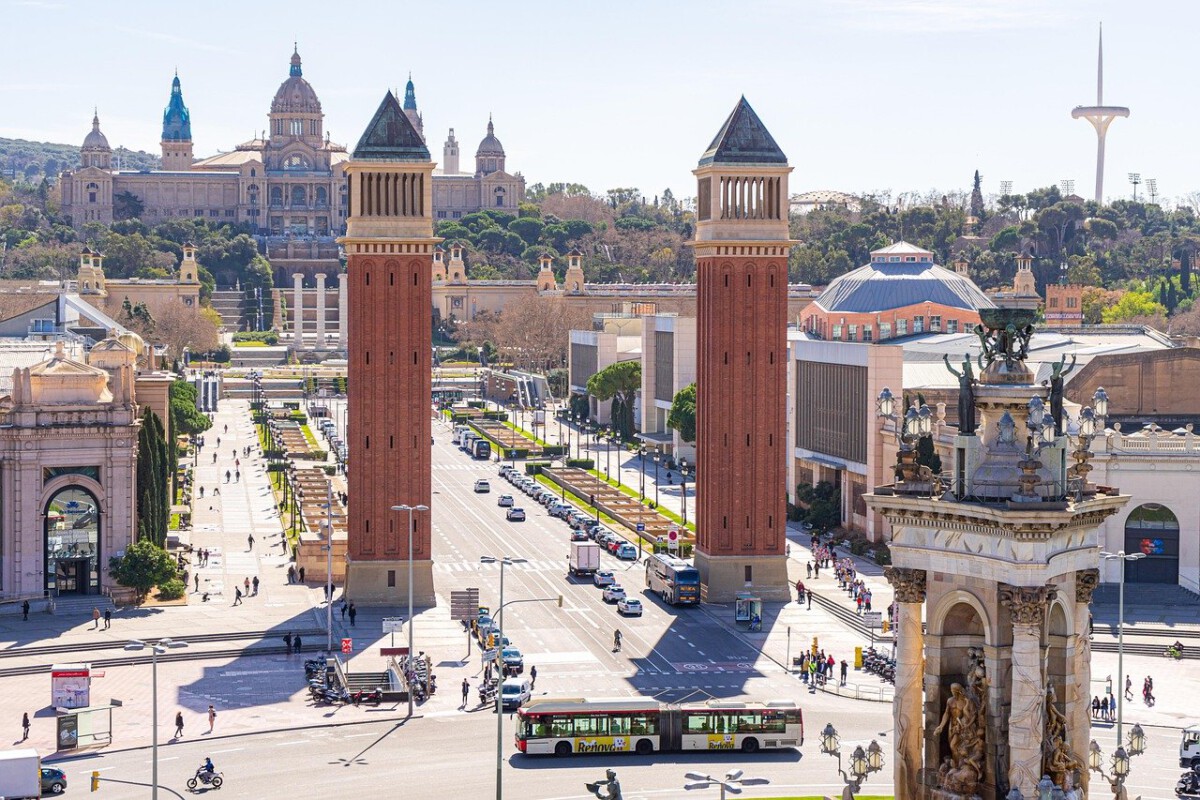William Still: The Father of the Underground Railroad
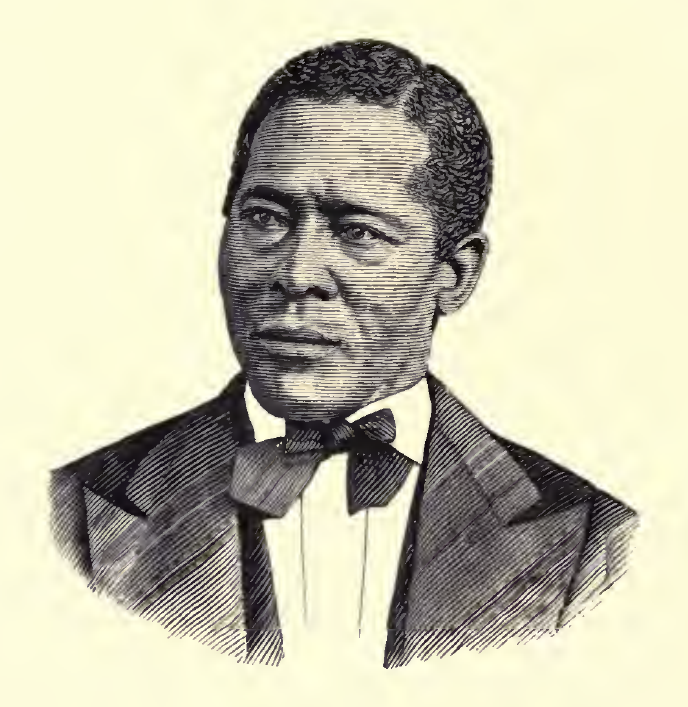
William Still documented the stories of over 649 freedom seekers who passed through his Philadelphia station between 1853 and 1861, creating the most comprehensive record of Underground Railroad operations ever assembled. His meticulous record-keeping wasn’t just historical preservation – it was a lifeline for separated families trying to reconnect after the Civil War. Still’s office at the Pennsylvania Anti-Slavery Society became a central hub where conductors received assignments and funding for their dangerous missions. Despite facing constant surveillance by slave catchers and federal marshals, Still managed to help an estimated 800 people escape to freedom during his active years. His book “The Underground Railroad” published in 1872 remains the most authoritative firsthand account of the network’s operations, yet his name rarely appears in mainstream historical narratives.
Levi Coffin: The President of the Underground Railroad
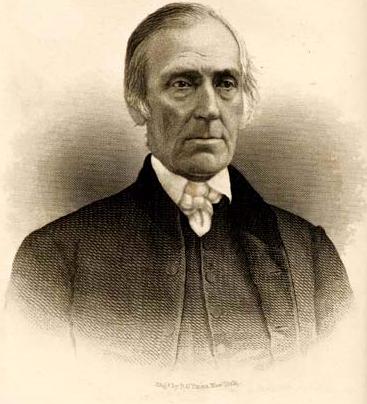
Levi Coffin and his wife Catherine operated one of the most successful Underground Railroad stations from their home in Newport, Indiana, helping over 2,000 freedom seekers escape between 1826 and 1847. His Quaker community provided crucial financial support and safe houses throughout the region, creating a network that stretched from the Ohio River to Canada. Coffin’s business connections as a merchant allowed him to transport escapees hidden in his wagons during legitimate business trips, a method that proved remarkably effective. When he relocated to Cincinnati in 1847, he established an even larger operation that connected multiple routes heading north and east. Recent archaeological evidence from 2023 excavations at his former Newport home revealed hidden compartments and tunnels that confirm the sophisticated nature of his operation.
Jane Lewis: The Spy Who Saved Hundreds

Jane Lewis operated as a double agent in New Lebanon, Ohio, pretending to support slavery while secretly coordinating Underground Railroad activities from 1848 to 1863. Her position as a respected member of the white community allowed her to gather intelligence about slave catcher movements and warn conductors of impending raids. Lewis maintained detailed coded correspondence with other stations, using her legitimate business dealings to pass information without detection. She personally guided over 300 escapees through her network, often disguising them as her servants or workers to avoid suspicion. Historical documents discovered in 2024 at the Ohio Historical Society revealed that Lewis funded multiple safe houses using her inheritance, making her one of the network’s most significant financial backers.
John Fairfield: The Master of Disguise
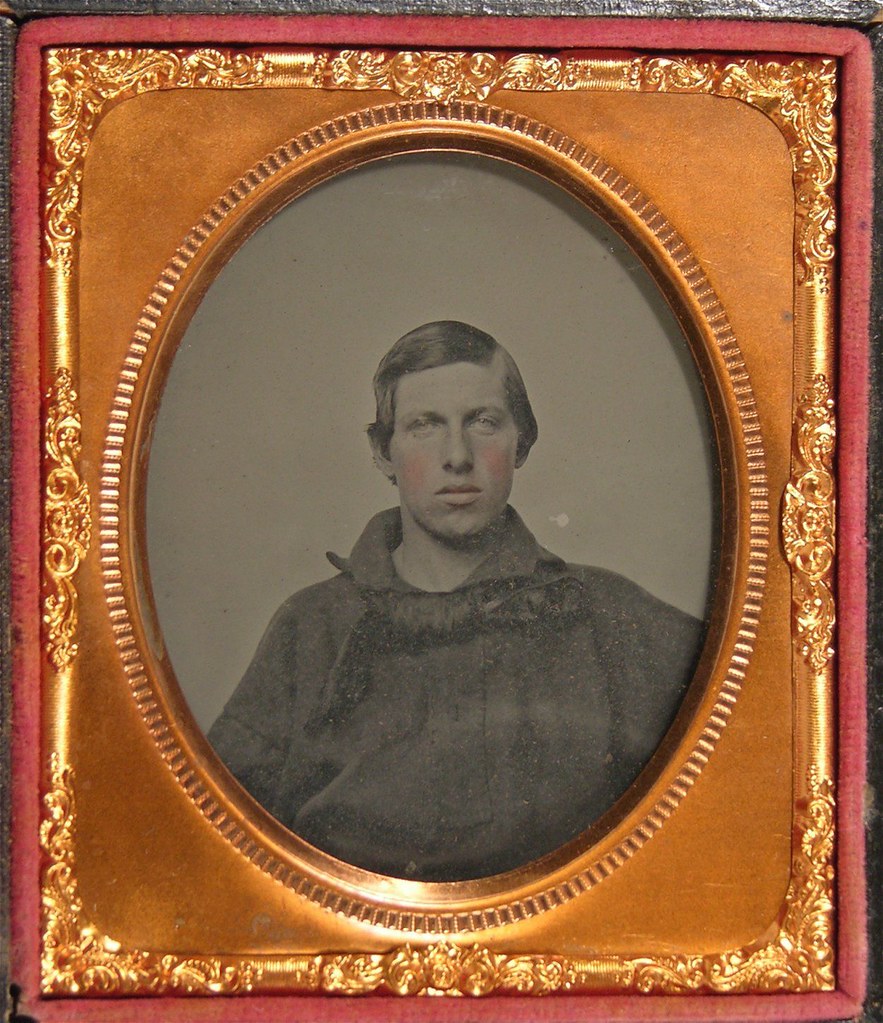
John Fairfield, a white Virginian who turned against slavery, conducted some of the most daring rescue operations in Underground Railroad history, personally entering plantations to lead groups of enslaved people to freedom. His insider knowledge of Southern customs and geography made him uniquely effective at navigating slave states without detection. Fairfield often posed as a slave trader or overseer, using forged documents and elaborate disguises to transport groups of 15 to 20 people at a time. Between 1844 and 1860, he conducted over 40 rescue missions, leading an estimated 1,000 people to freedom through routes that stretched from Alabama to Canada. His unconventional methods included staging fake funerals where escapees hid in coffins and organizing mock slave auctions where accomplices would “purchase” freedom seekers only to immediately release them.
Elijah Anderson: The Kentucky Conductor

Elijah Anderson operated deep within slave territory in Kentucky, making him one of the most dangerous positions in the entire Underground Railroad network from 1850 until his capture in 1857. His intimate knowledge of local geography and slave patrol patterns allowed him to guide escapees through the treacherous terrain of central Kentucky to crossing points along the Ohio River. Anderson established a network of safe houses among sympathetic German immigrants and free blacks throughout the region, creating a pathway that previous conductors had deemed impossible. He personally led over 1,000 people to freedom before his arrest, trial, and imprisonment, which ultimately led to his death in the Kentucky State Penitentiary in 1861. Recent genealogical research published in 2023 by the Kentucky Historical Society revealed that Anderson’s descendants continued his work, with his son operating a post-Civil War organization that helped formerly enslaved people locate missing family members.
Calvin Fairbank: The Imprisoned Liberator

Calvin Fairbank spent over 19 years in Kentucky prisons for his Underground Railroad activities, serving longer than any other conductor while maintaining his commitment to the cause. His first imprisonment from 1844 to 1849 resulted from helping Lewis Hayden and his family escape from Lexington, Kentucky, a case that drew national attention to the Underground Railroad. After his release, Fairbank immediately resumed his activities, conducting dozens of rescue missions before his recapture in 1851. During his second imprisonment, which lasted until 1864, he endured brutal conditions including 35,000 lashes with a cowhide whip, yet he continued to plan escapes and communicate with other conductors through coded letters. Prison records discovered in 2024 show that Fairbank’s cell became an information center where he coordinated activities and trained other prisoners who would later join the network upon their release.
Frances Wright: The Radical Reformer
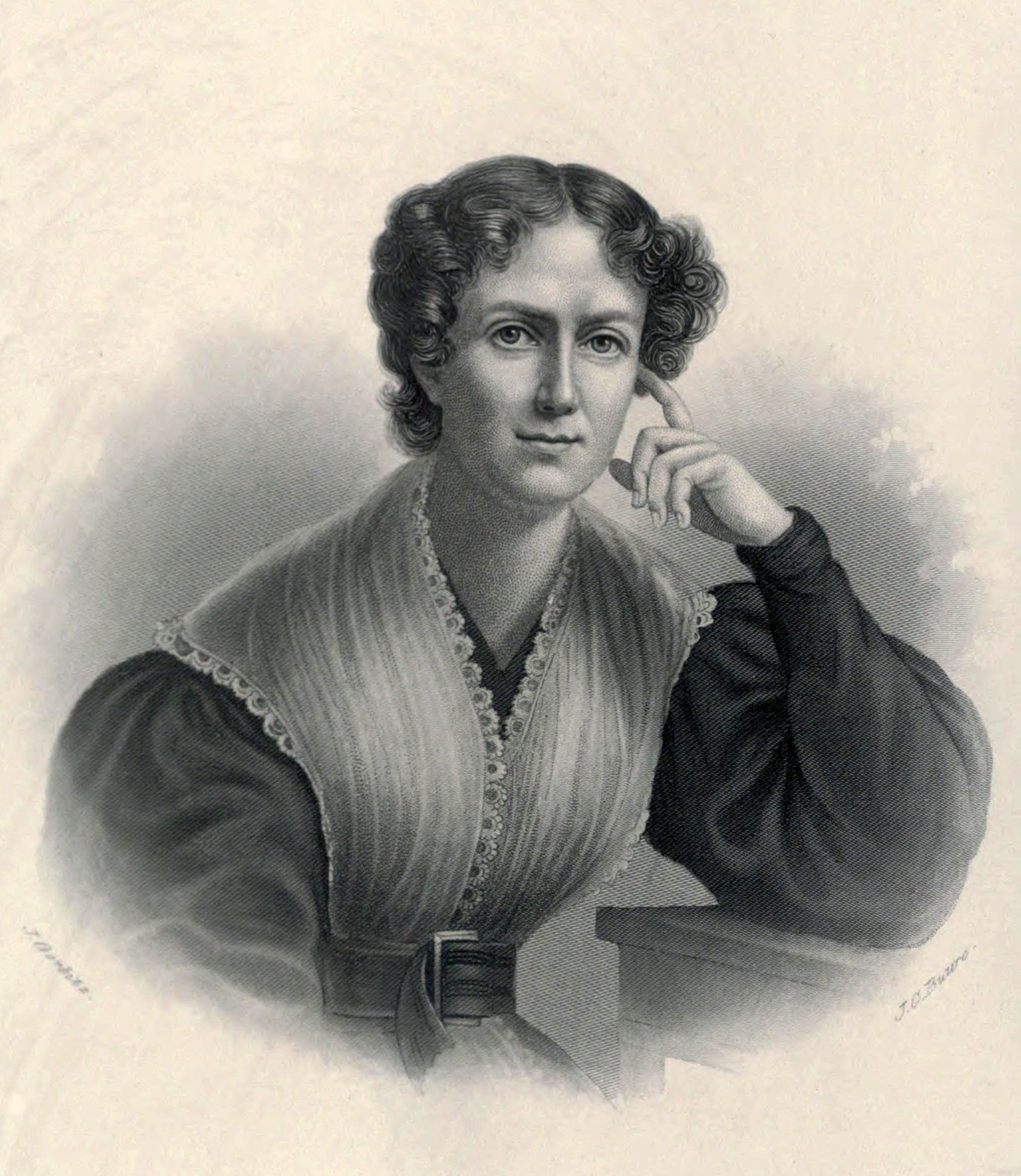
Frances Wright established Nashoba, an experimental community in Tennessee designed to gradually emancipate enslaved people through education and skilled labor training from 1825 to 1828. Her radical approach challenged both pro-slavery and traditional abolitionist thinking by creating a model for gradual emancipation that could be replicated across the South. Wright’s community provided refuge for escaped slaves while also offering a legal pathway to freedom through purchased manumission. Despite facing violent opposition from local slaveholders and skepticism from Northern abolitionists, Wright’s experiment influenced later Underground Railroad operations by demonstrating the importance of economic sustainability in freedom networks. Archaeological surveys conducted in 2023 at the Nashoba site revealed evidence of sophisticated agricultural and manufacturing operations that supported the community’s mission to prove that free labor was more productive than enslaved labor.
John Brown: The Militant Conductor
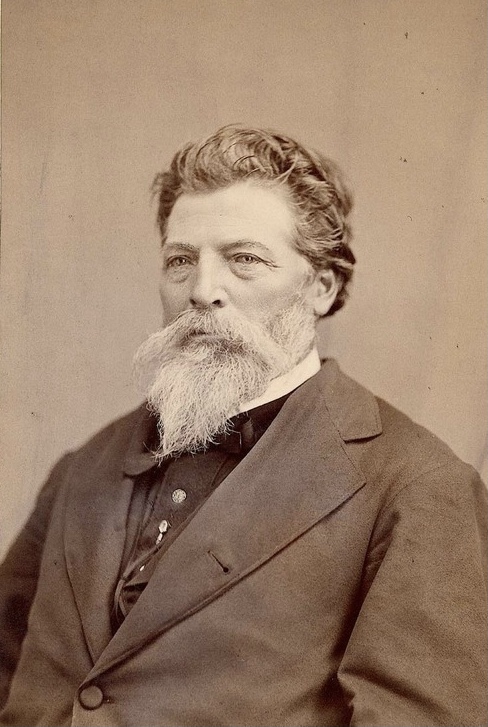
John Brown conducted Underground Railroad operations in Kansas and Missouri from 1855 to 1859, using armed force to liberate enslaved people and establish them in free territories. His military approach differed dramatically from other conductors, as he organized armed raids that freed entire families and transported them to Canada under heavy guard. Brown’s operations in Kansas included the famous raid that liberated 11 enslaved people in December 1858, marching them 1,100 miles to freedom while pursued by federal marshals and bounty hunters. His network of supporters provided supplies, weapons, and safe houses throughout Kansas, Iowa, and Illinois, creating a militarized version of traditional Underground Railroad operations. Recent analysis of Brown’s correspondence, published in the Journal of American History in 2024, reveals that his raid on Harpers Ferry was partly intended to establish a permanent armed corridor for Underground Railroad operations throughout the Appalachian Mountains.
William Whipper: The Businessman’s Network
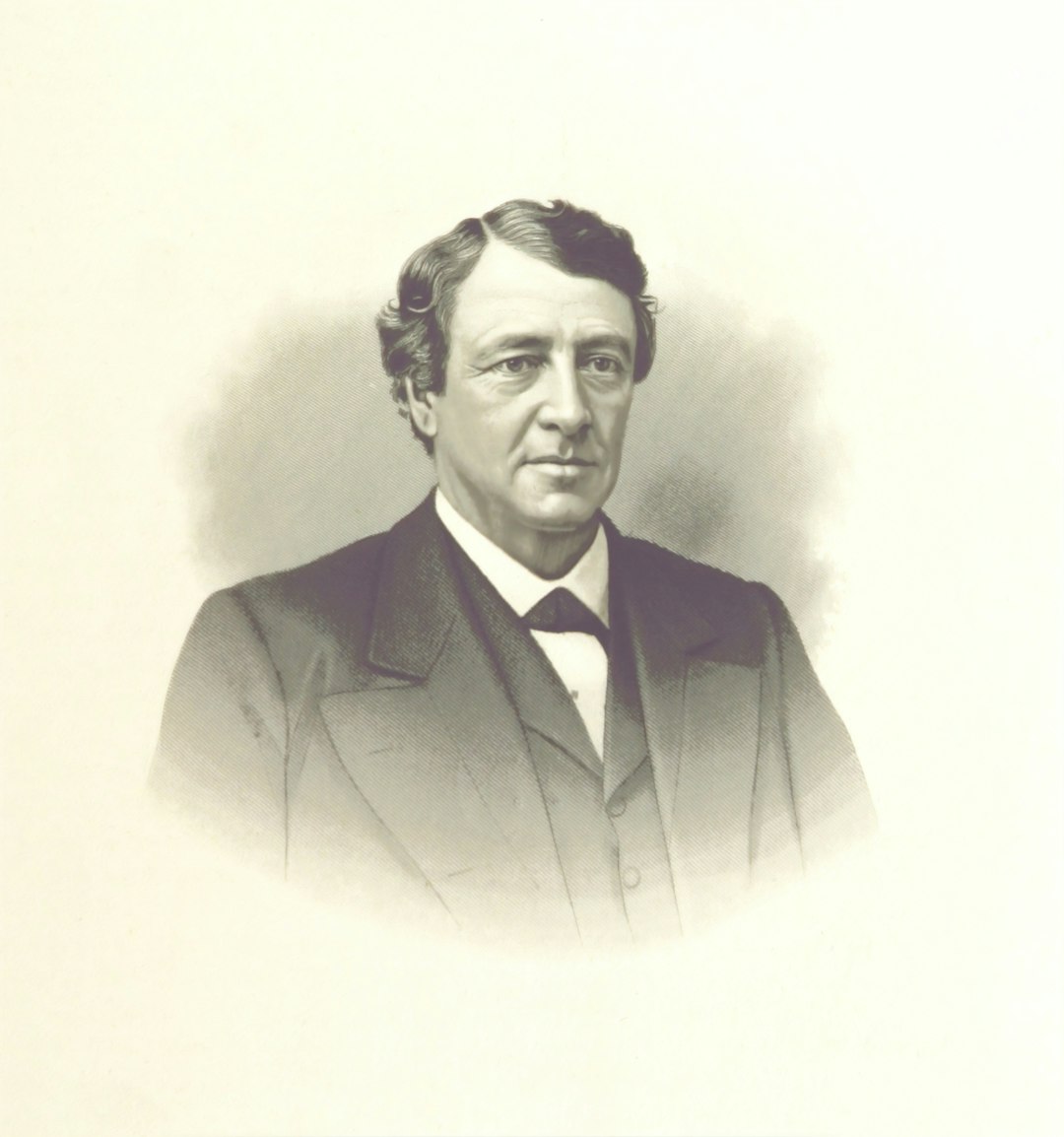
William Whipper used his lumber business in Columbia, Pennsylvania, to create one of the most sophisticated Underground Railroad operations, hiding escapees in shipments of lumber and coal heading north. His position as a successful businessman provided perfect cover for his activities, allowing him to transport people in specially constructed railroad cars and river barges. Whipper’s network included partnerships with other African American businessmen throughout Pennsylvania and New York, creating a commercial cover for Underground Railroad operations. Between 1847 and 1860, his operation helped over 1,000 people reach freedom, with many hidden in his lumberyard before being transported to the next station. Financial records discovered in 2023 show that Whipper invested over $30,000 of his own money in Underground Railroad operations, making him one of the network’s largest individual financial contributors.
Lucretia Mott: The Quaker Organizer
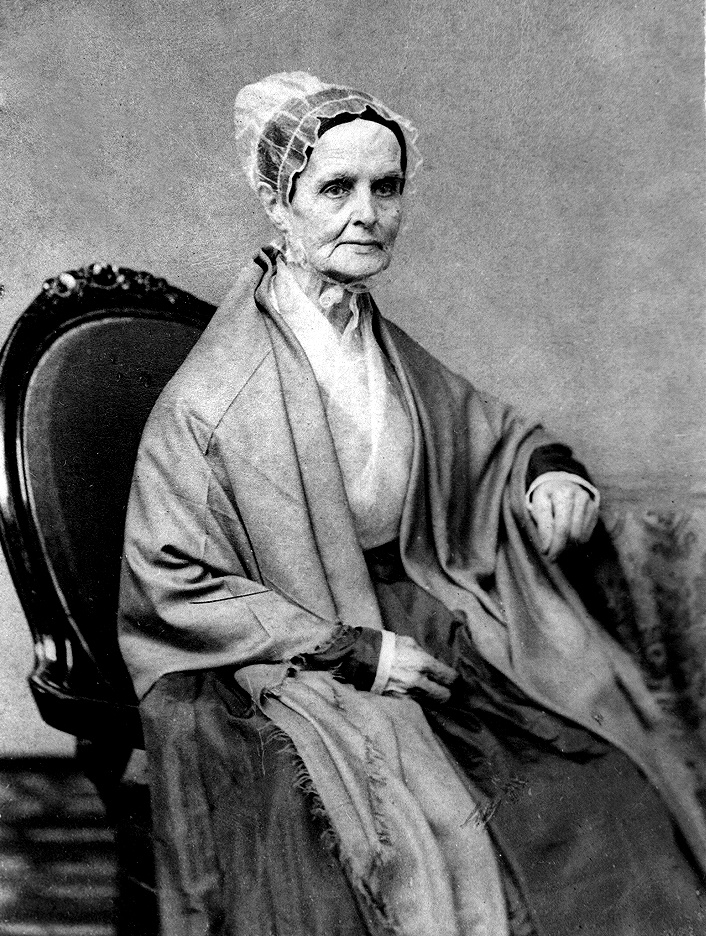
Lucretia Mott coordinated Underground Railroad activities throughout the Philadelphia region while simultaneously organizing the women’s rights movement, demonstrating the interconnected nature of 19th-century reform movements. Her home served as a planning center where conductors received assignments, funding, and intelligence about safe routes and dangerous areas. Mott’s network included prominent Quaker families throughout Pennsylvania, New Jersey, and Delaware, creating a religious infrastructure that supported Underground Railroad operations. She personally helped over 500 escapees find safety and legal assistance, often providing them with resources to establish new lives in free states. Letters preserved at Swarthmore College, analyzed in a 2024 study, reveal that Mott’s organization provided ongoing support to formerly enslaved people, including job placement, education, and legal assistance in cases where their freedom was challenged.
Thomas Garrett: The Relentless Stationmaster
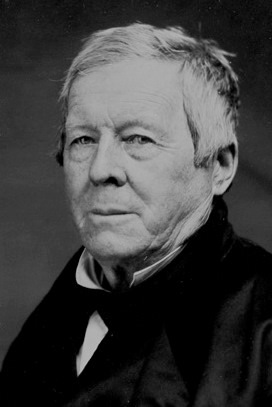
Thomas Garrett operated the most active Underground Railroad station in Wilmington, Delaware, helping over 2,700 people escape to freedom during his 40-year career from 1822 to 1862. His strategic location just miles from the Maryland border made his station a crucial first stop for escapees heading north from the Deep South. Garrett’s operation included a network of safe houses, secret passages, and coded communication systems that allowed him to process large groups of freedom seekers efficiently. Despite facing constant legal challenges, fines, and threats, Garrett never lost a single person to recapture, earning him legendary status among Underground Railroad conductors. Court records from the Delaware State Archives, digitized in 2023, show that Garrett paid over $8,000 in fines for his activities, equivalent to approximately $250,000 in today’s currency, demonstrating his unwavering financial commitment to the cause.
Laura Haviland: The Michigan Conductor

Laura Haviland established and operated Underground Railroad stations throughout Michigan and Ohio, personally conducting rescue missions into slave states to bring families to freedom. Her work with the Raisin Institute, a integrated school she founded in 1837, provided education and job training for both free blacks and escaped slaves. Haviland’s network extended into Canada, where she helped establish settlements for formerly enslaved people and provided ongoing support for their integration into free society. She conducted dangerous missions into Kentucky and other slave states, often disguising herself as a peddler or traveling teacher to avoid detection. Recent digitization of her extensive correspondence, completed by the Michigan Historical Society in 2024, reveals that Haviland maintained contact with over 1,000 people she helped escape, providing them with ongoing assistance and serving as a communication link between separated family members.

